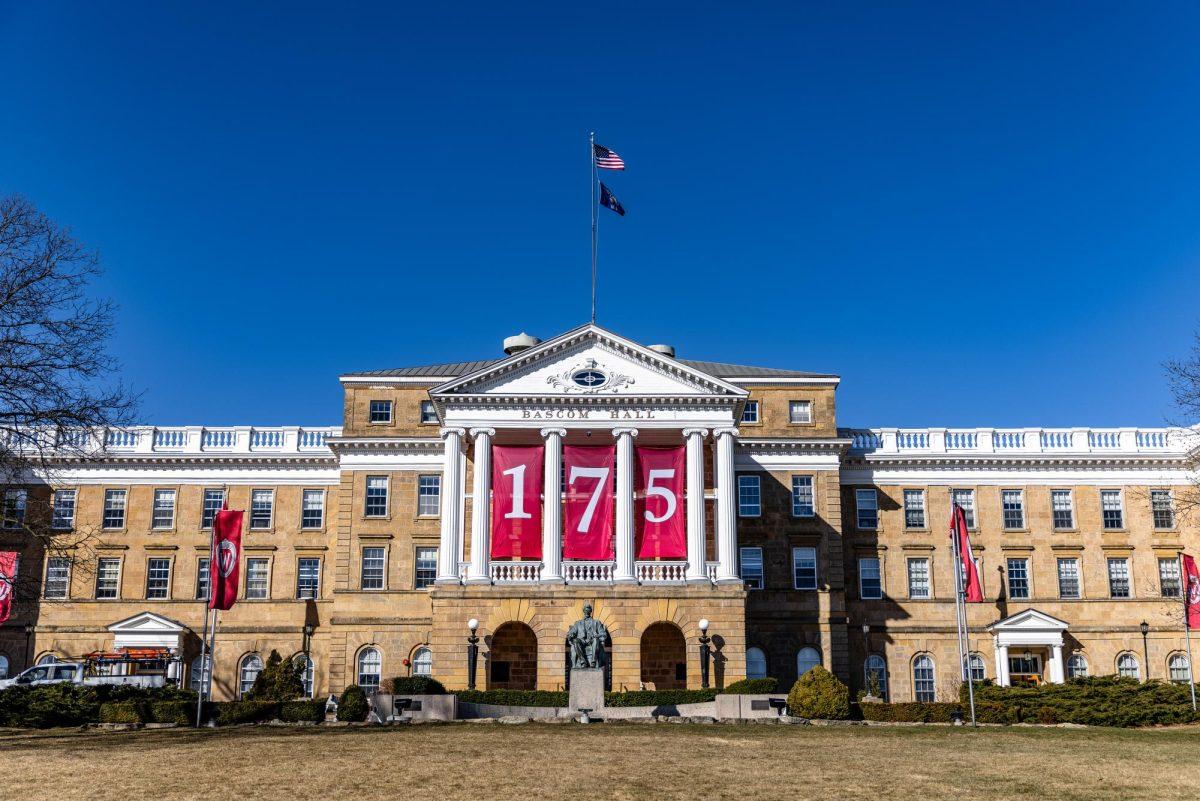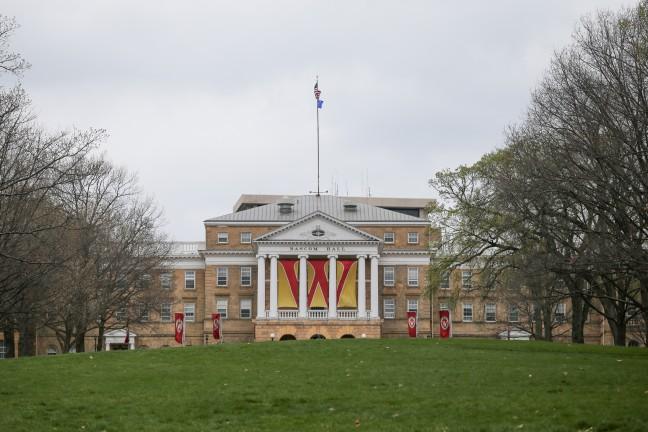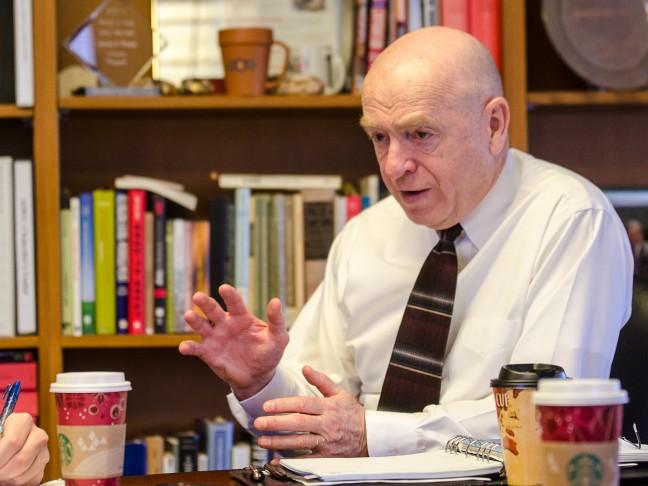The U.S will be facing a shortage of more than 90,000 doctors in the next decade due to an aging population and increasing demand from the new health care legislation, according to a new report.
The report from the Association of American Medical Colleges said the passage of health care reform and the increasing of the number of Americans over the age of 65 will increase the need for doctors in the coming years.
According to the report within the next decade there will be a shortage of 45,000 primary care physicians, as well as a shortage 46,000 surgeons and medical specialists. Total, there will be a shortage of 91,500 doctors.
Chris Stillwell, director of academic and career development at the University of Wisconsin Medical School, said there have been several reports released in the last few years studying the possibility of a shortage.
“All of the reports over the last five years have pointed to a position shortage over varying degrees. I don’t know what to make of one report that makes such a dramatic difference,” Stillwell said.
Cynthia Haq, a professor of family medicine at UW, said she agreed with the AAMC report.
“I think it’s very consistent. There have been a lot of reports I’ve seen in the past 5 to 10 years. We have a shortage and it’s going to get worse,” Haq said.
There are several reasons for these shortages, Stillwell said. He added the age demographics of the United States are increasing, with the median age going up as the baby boomer generation ages.
Christiane Mitchell, the director of Federal Affairs for the AAMC, said many physicians who practice right now are approaching retirement.
Stillwell also said this shortage is felt more intensely in rural areas.
“The physician shortage isn’t just a simple supply-demand question, it’s also about geographic and specialty distribution…we are down in absolute numbers, down in where [physicians] are compared to where they are needed and what specialties they are needed in,” Stillwell said.
Mitchell said one solution to the shortage is increasing funding for medical residency’s and increasing graduation in medical schools. She added all of the nation’s medical schools have already agreed to raise their class sizes by 30 percent in the next few years.
Haq said at UW the class size has expanded from 150 people to 175 people per year. She also advocated more programs to train primary care doctors, who can do more than specialized doctors.
Mitchell said the AAMC looks at a huge range for data including the number of medical students, and what types of training programs they are going into to see if this number is growing or declining.
Mitchell said they also collect data when physicians renew their license to practice, census data, and from health resources and services administration.
She added they also use data the American Medical Association collects, who ask their members to report certain types of data, and they utilize different agencies within the federal government that collect data.


















